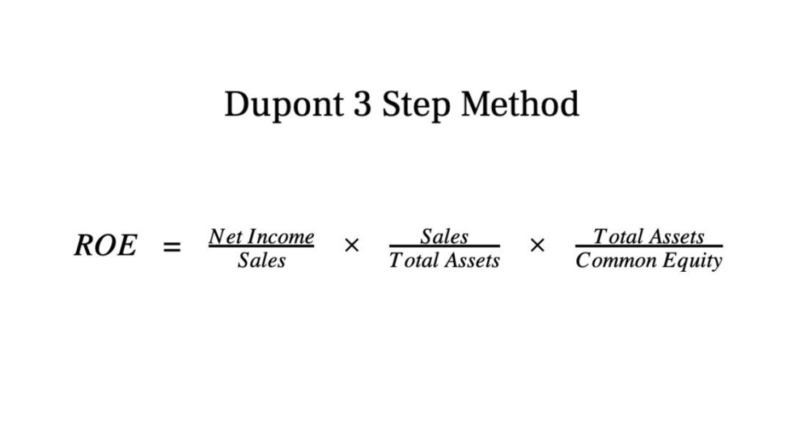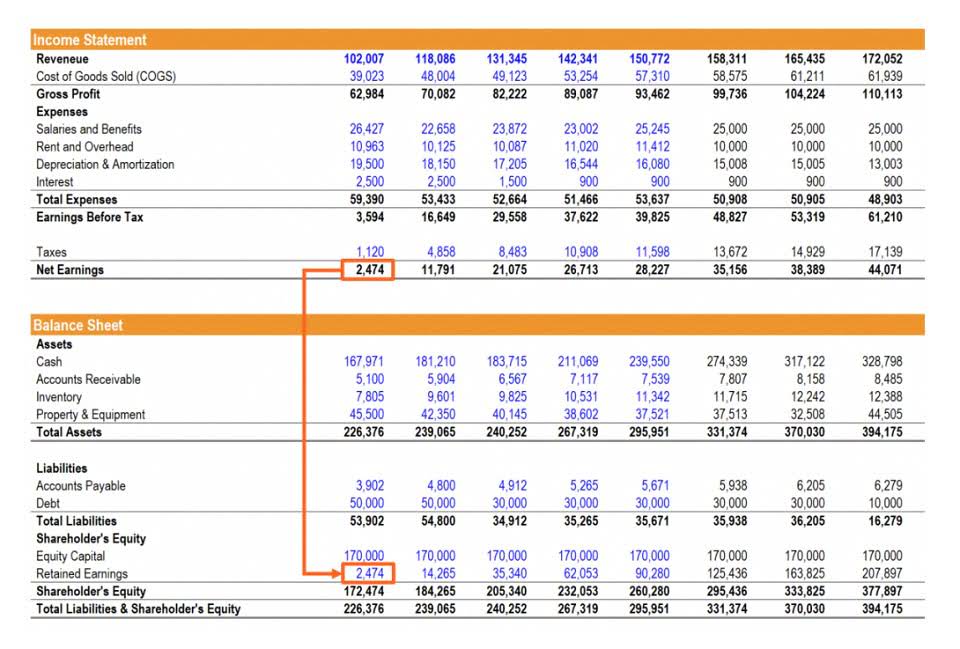
Speaking of which, make sure you keep an eye on your competitors and industry best practices. If your allowances or discounts are out of step with industry norms, you might be either giving away too much or not enough to attract customers. For example, you might offer bulk purchase discounts to large buyers but limit early payment discounts to customers who have shown reliability in the past. If you offer a 5% discount on a $100 item for early payment, you’ll record sales of $95.
Contra Revenue: Simplifying Returns, Discounts, And Allowances

But in the real world, converting all of that potential into hard cash is highly unlikely, if not impossible. Instead, you need to record this value gap, and a contra asset account serves that purpose. If a company offers an early payment discount (such as 1% or 2% of the invoice amount if it is paid within 10 days instead of the required 30 days) the amount of the discount is recorded in the contra revenue account Sales Discounts. Again, the company’s management will see the original amount of sales, the sales discounts, and the resulting net sales. For example, if your business has accounts receivable of $50,000 and an allowance for doubtful debts account totalling $5,000, the net accounts receivable is $45,000.
How are contra accounts recorded?

You can use contra accounts to record the goods your customers return, inventory that gets damaged, and equipment depreciation. In the above example, the debit to the contra liability account of $100 lets the company recognize that the bond was sold at a discount. Accumulated depreciation is the total of all depreciation that has been charged to existing fixed assets such as equipment and buildings. There can be hidden value in stocks that have a lot of fully depreciated buildings. Companies like to depreciate assets as quickly as possible to get the tax savings, so the balance sheet may not state the true value of fixed assets. A contra account is an account with a balance opposite the normal accounts in its category.
Contra accounts are worth a look

For example, accumulated depreciation is a contra asset that reduces the value of a company’s fixed assets, resulting in net assets. Contra revenue accounts appear near the top of the income statement, as a deduction from gross revenue. If the amounts of these line items are minimal, they may be aggregated for reporting purposes into a single contra revenue line item. Generally in the financial statements the revenue account would be offset against the contra revenue account to show the net balance.
- This is important for accurate financial reporting and compliance with…
- You debit the contra revenue accounts and credit the corresponding revenue accounts.
- Contra revenue accounts appear near the top of the income statement, as a deduction from gross revenue.
- Examples of revenue contra accounts are Sales Discounts, Returns and Allowances.
- But in the real world, converting all of that potential into hard cash is highly unlikely, if not impossible.
- A liability that is recorded as a debit balance is used to decrease the balance of a liability.
- In other words, contra accounts are used to reduce normal accounts on the balance sheet.
What are the Five Types of Contra Accounts?
A contra account provides missing context by pairing it with a related account. So as values shift depending on real-world factors, rather than making deductions or adjustments to the original or “parent” account, you would record these changes in the contra account instead. By viewing these accounts — the contra revenue account parent and contra — in tandem, business owners can gain broader insights, preserve the historical figures stored in the parent account, and make accommodations for any relevant changes. Accruing tax liabilities in accounting involves recognizing and recording taxes that a company owes but has not yet paid.
A contra liability is a general ledger account with a debit balance that reduces the normal credit balance of a standard liability account to present the net value on a balance sheet. Examples of contra liabilities are Discounts on Bonds and Notes Payable and Short-Term Portion of Long-Term Debt. As mentioned, businesses use contra revenue accounts to understand net vs. gross revenue. The transactions are sometimes recorded in one or more accounts, but the balance is usually a debit. To determine the contra revenue, you simply deduct the gross sales from the net sales.

What is Accumulated Depreciation?
- If the amounts of these line items are minimal, they may be aggregated for reporting purposes into a single contra revenue line item.
- Typically, these notes reflect purchases made on credit by your customers.
- However, that $1.4 billion is used to reduce the balance of gross accounts receivable.
- The Motley Fool reaches millions of people every month through our premium investing solutions, free guidance and market analysis on Fool.com, top-rated podcasts, and non-profit The Motley Fool Foundation.
- For the past 52 years, Harold Averkamp (CPA, MBA) has worked as an accounting supervisor, manager, consultant, university instructor, and innovator in teaching accounting online.
For example, this analysis might indicate that your business has product quality problems or servicing issues that can be corrected. In addition, you can examine the impact of sales discounts on increases in sales, to see if it makes sense to continue offering discounts in order to boost profits. A contra revenue represents any deductions or offsets that need to be removed from gross revenue to provide a clearer understanding of actual income — such as in the example just provided.
Expense Contra Account
Learn financial statement modeling, DCF, M&A, LBO, Comps and Excel shortcuts. Still, the dollar amounts are separately broken out in the supplementary sections most of the time for greater transparency in financial reporting. Schedule regular reviews of your allowance and discount policies so they remain competitive and relevant to your market conditions. This might mean adjusting your strategies based on seasonal trends, customer feedback, or new market entrants.


